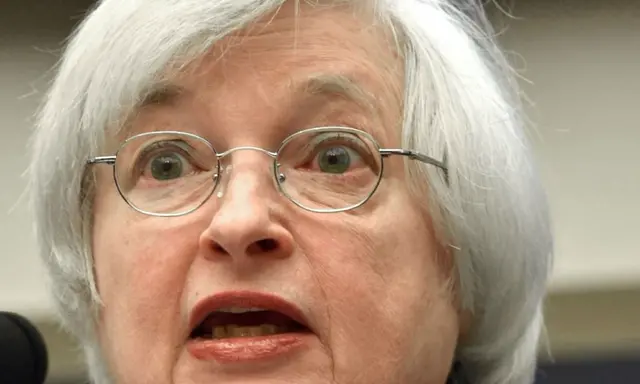Investor sentiment towards emerging markets is deteriorating.It was fun while it lasted.
Even before last week’s publication of the minutes of the US Federal Reserve’s April policy meeting which revealed that most policymakers felt it would be “appropriate” to raise interest rates next month, provided economic data remain favourable, investor sentiment towards emerging markets (EMs) was beginning to deteriorate.
The MSCI Emerging Market Index, a leading gauge of the performance of equity markets in developing economies, surged 20 per cent between February 12 and April 21, It has since fallen more than 6 per cent, with most of the decline occurring before the relatively hawkish minutes of the Fed’s April meeting that were published on May 18.
Yet with the sudden prospect of a further increase in US rates at the Fed’s next meeting on June 14-15, bond investors now see a more than 30 per cent chance of a hike next month and a roughly 50 per cent probability of one in July. They priced in just a 4 per cent chance of a June hike before the April minutes were published. And that has pulled the rug out from under a rally that never looked convincing from the start.
Many EM currencies suffered sharp declines last week, with the South African rand, the Russian rouble and the Indonesian rupiah all falling more than 2 per cent against the dollar, although in some cases because of idiosyncratic factors. EM equity funds, which enjoyed sizeable inflows in March and April, are once again suffering outflows.
While there is none of the panic which characterised previous sell-offs — in particular the so-called “taper tantrum” in 2013 which stemmed from the unexpected decision by the Fed to begin scaling back its asset purchases — bond investors are nervously repricing US monetary policy, contributing to a rally in the dollar, with the dollar index (a gauge of the performance of the greenback against a basket of its peers) surging nearly 3 per cent since the beginning of May to now stand at an eight-week high.
This is putting renewed strain on EM assets, with the dollar’s strength “leading to a more cautious stance and renewed concerns” about EMs, according to JP Morgan.
The big question for EM investors is this: is the Fed, which has been blowing hot and cold on the timing of rate hikes for the last year or so, really determined to tighten monetary policy further this year?
On Sunday, Eric Rosengren, one of the Fed policymakers who has a vote on setting rates this year, said in an interview with the Financial Times that “most of the conditions [for hiking rates further], as of right now, seem to be on the verge of broadly being met.”
Several other Fed officials have also talked up the possibility of a rate hike next month, partly on the grounds that bond investors, according to the Fed, had been underestimating the scope for further tightening this year.
Yet as Bank of America Merrill Lynch (BAML) aptly noted in a recent report, the Fed is as much market-dependent as it is data-dependent.
Whenever the US central bank threatens to hike rates, market conditions invariably deteriorate, increasing pressure on the Fed to put off a tightening in policy until such time as markets recover, allowing the Fed to once again prepare the ground for a hike. This cycle, according to BAML, shows no signs of abating and is injecting huge uncertainty into the conduct of US monetary policy.
That the next Fed meeting is a week before Britain votes in a closely watched referendum on whether to remain in the European Union raises the bar further for a rate hike next month.
Still, it is not just the Fed that has a strong bearing on sentiment towards EMs.
Technical factors, as opposed to improvements in underlying economic fundamentals in developing economies, were a key driver of the two-month-long rally in EMs. According to JP Morgan, the “short-covering” momentum has subsided, as most investors have closed their short, or underweight, positions in EMs and have adopted a neutral, or even overweight, stance. “With such strong risk-on having already occurred, we think positioning technicals no longer lend support to [EMs],” JP Morgan said.
On the other hand, oil prices — a key determinant of sentiment towards EMs — are proving resilient to the dollar’s resurgence, with Brent crude, the international benchmark, at its highest level since last November.
Volatility is likely to be the watchword for EMs in the coming weeks.
(SOUTH CHINA MORNING POST)
 简体中文
简体中文

